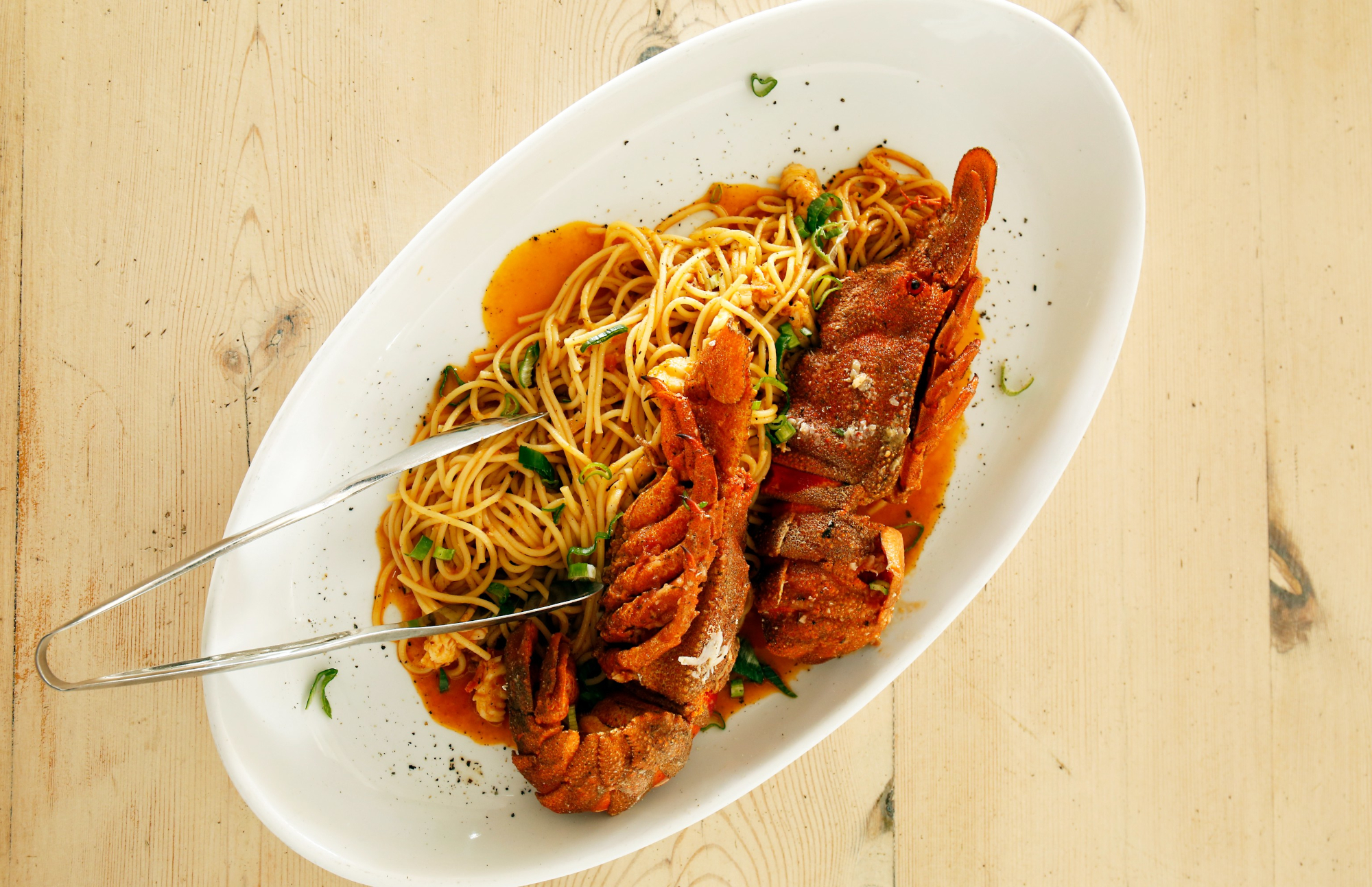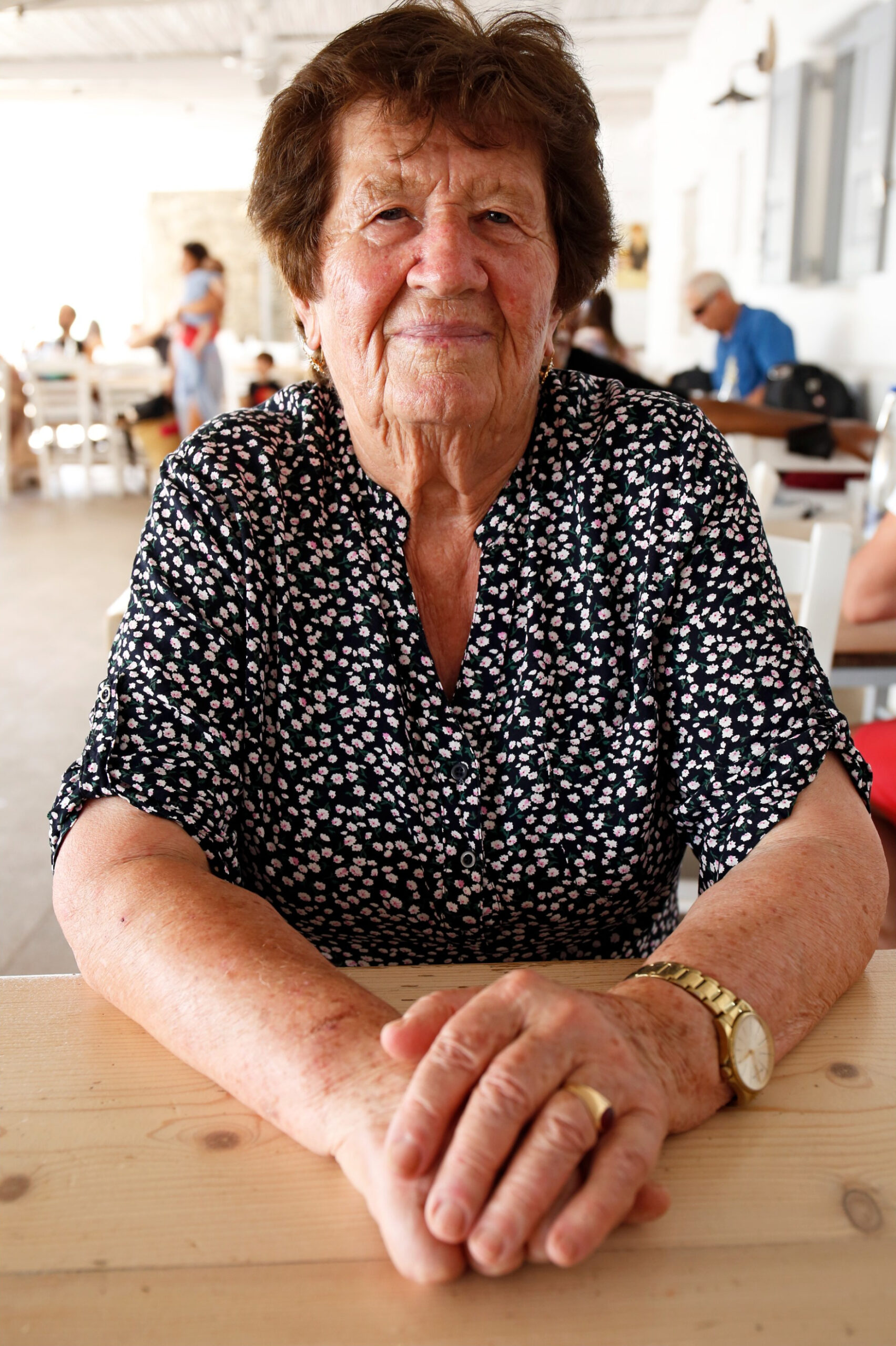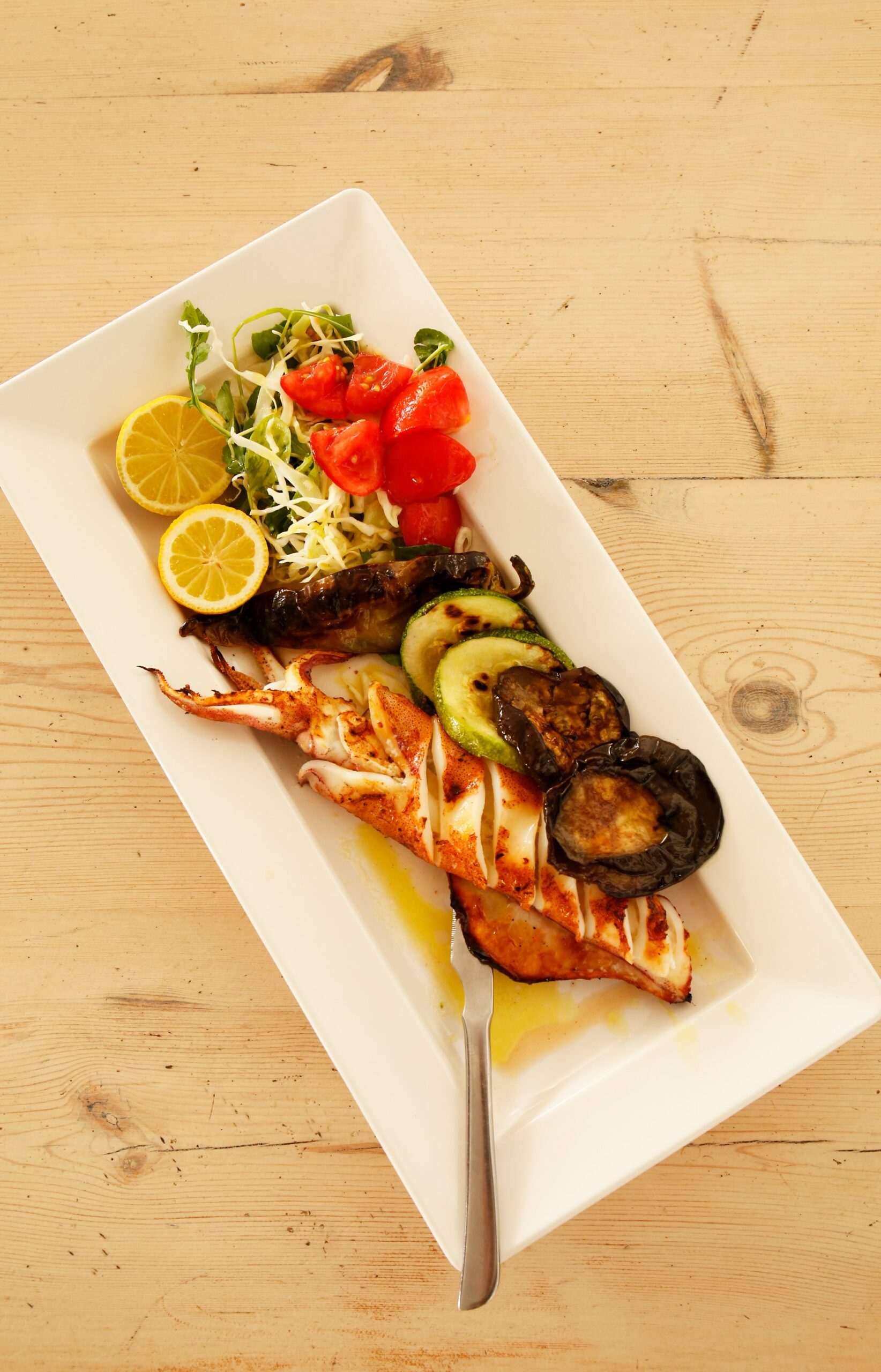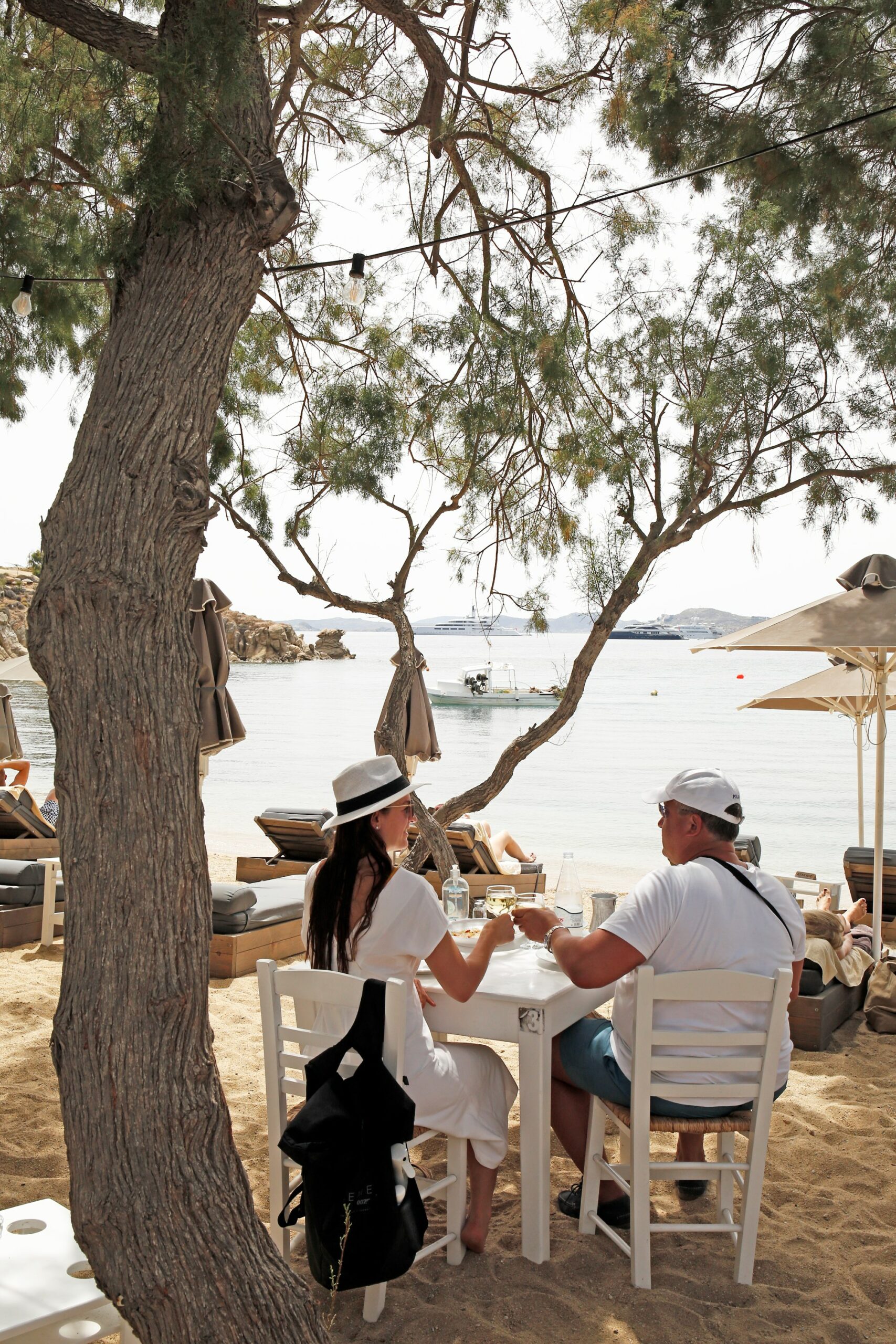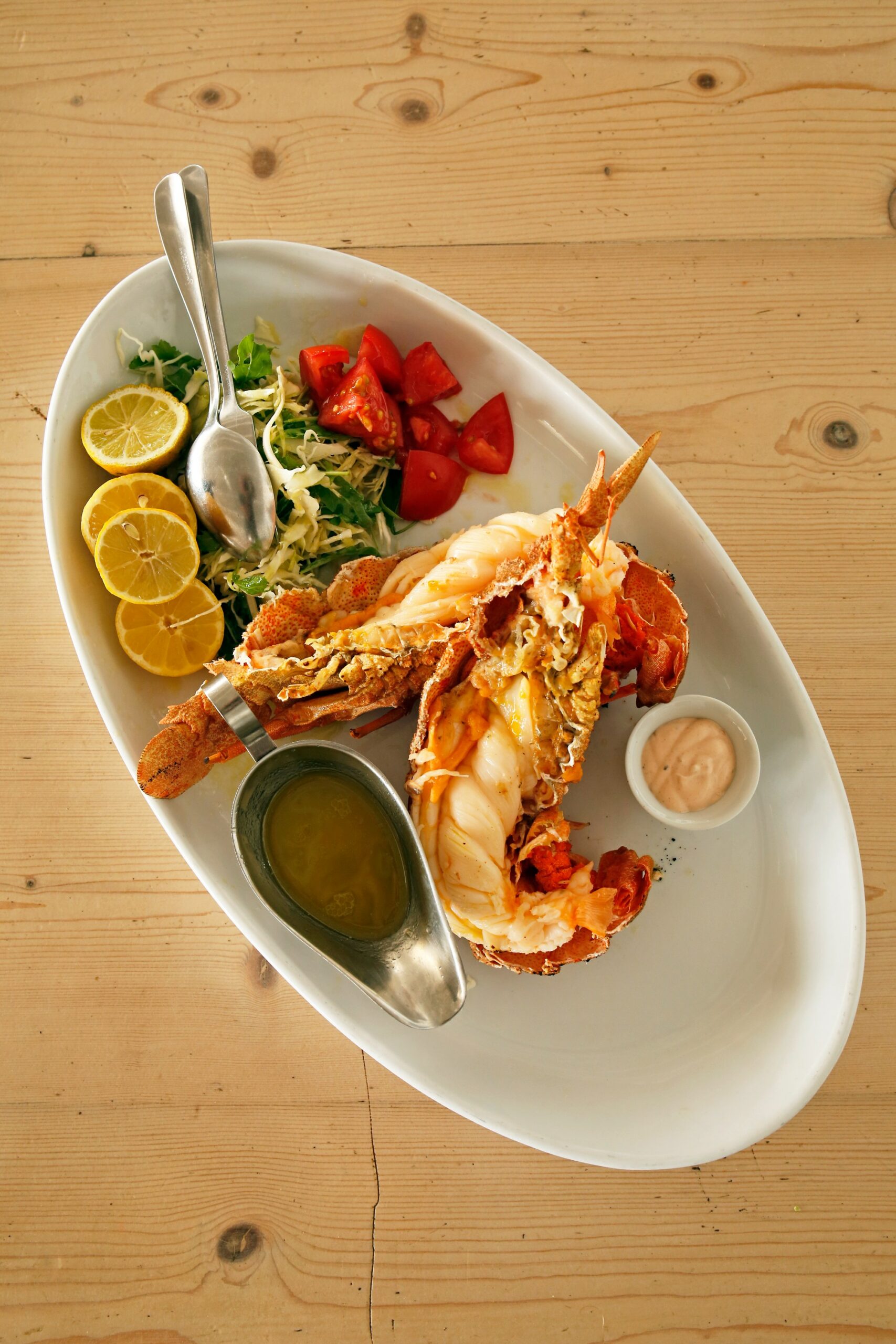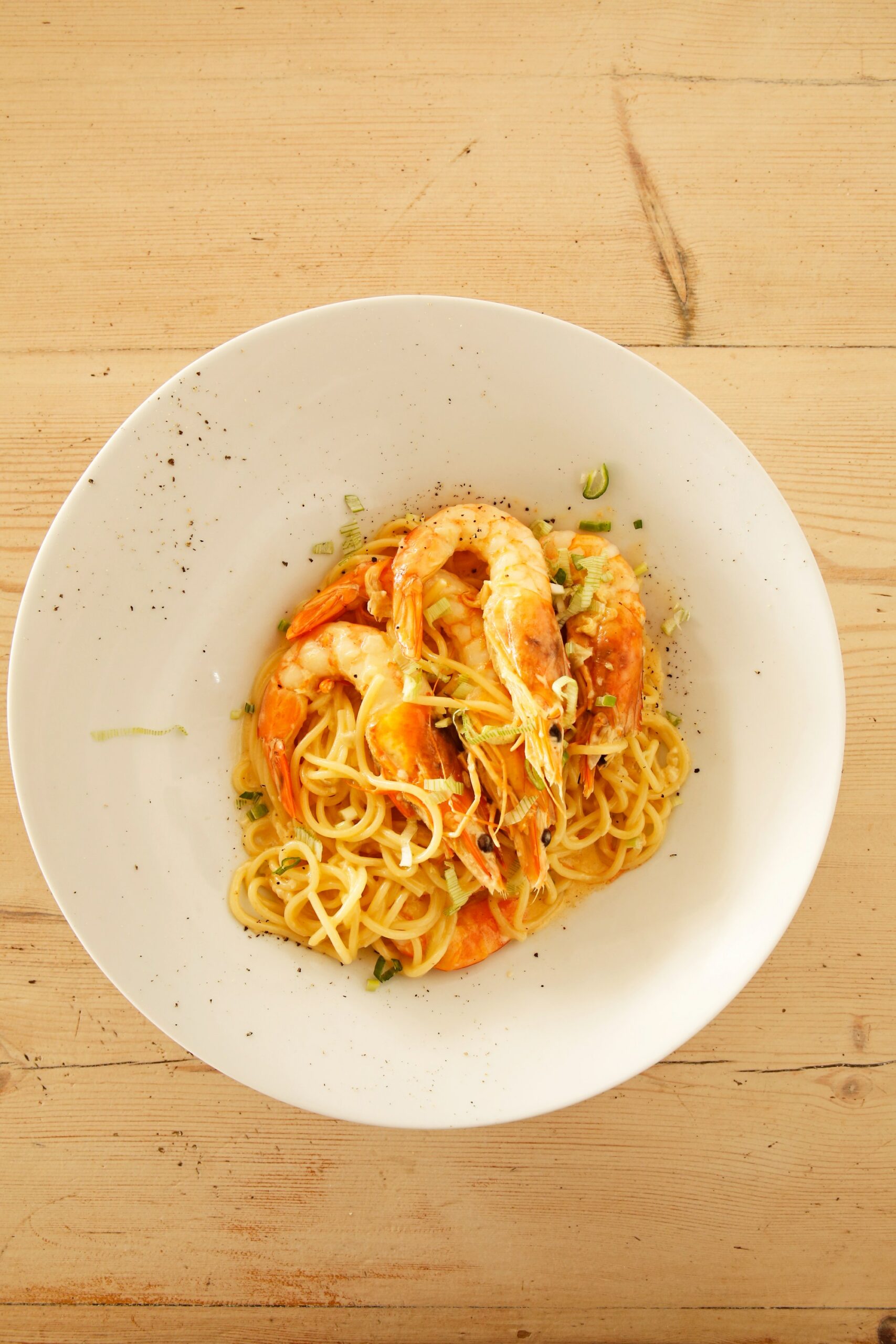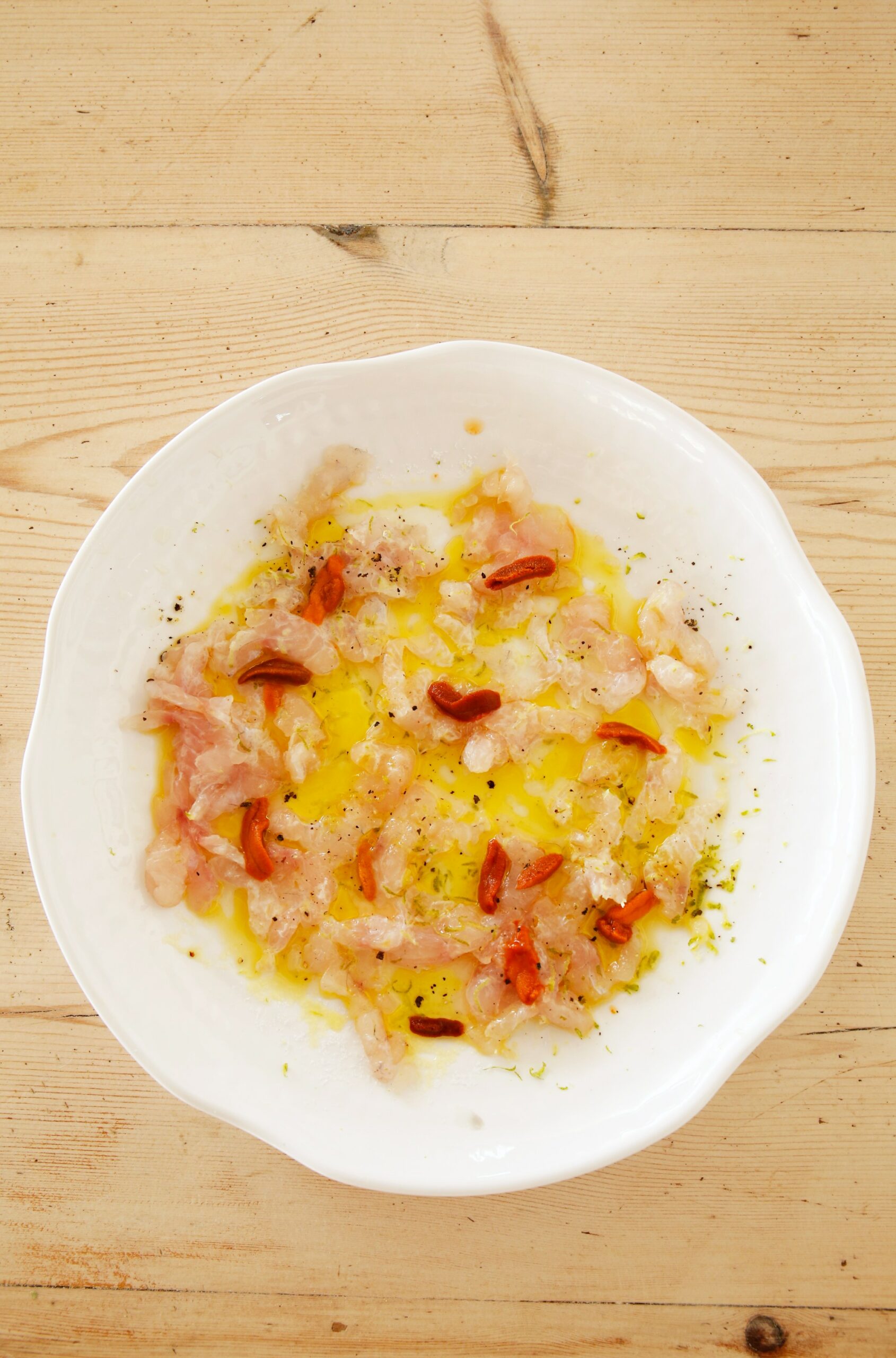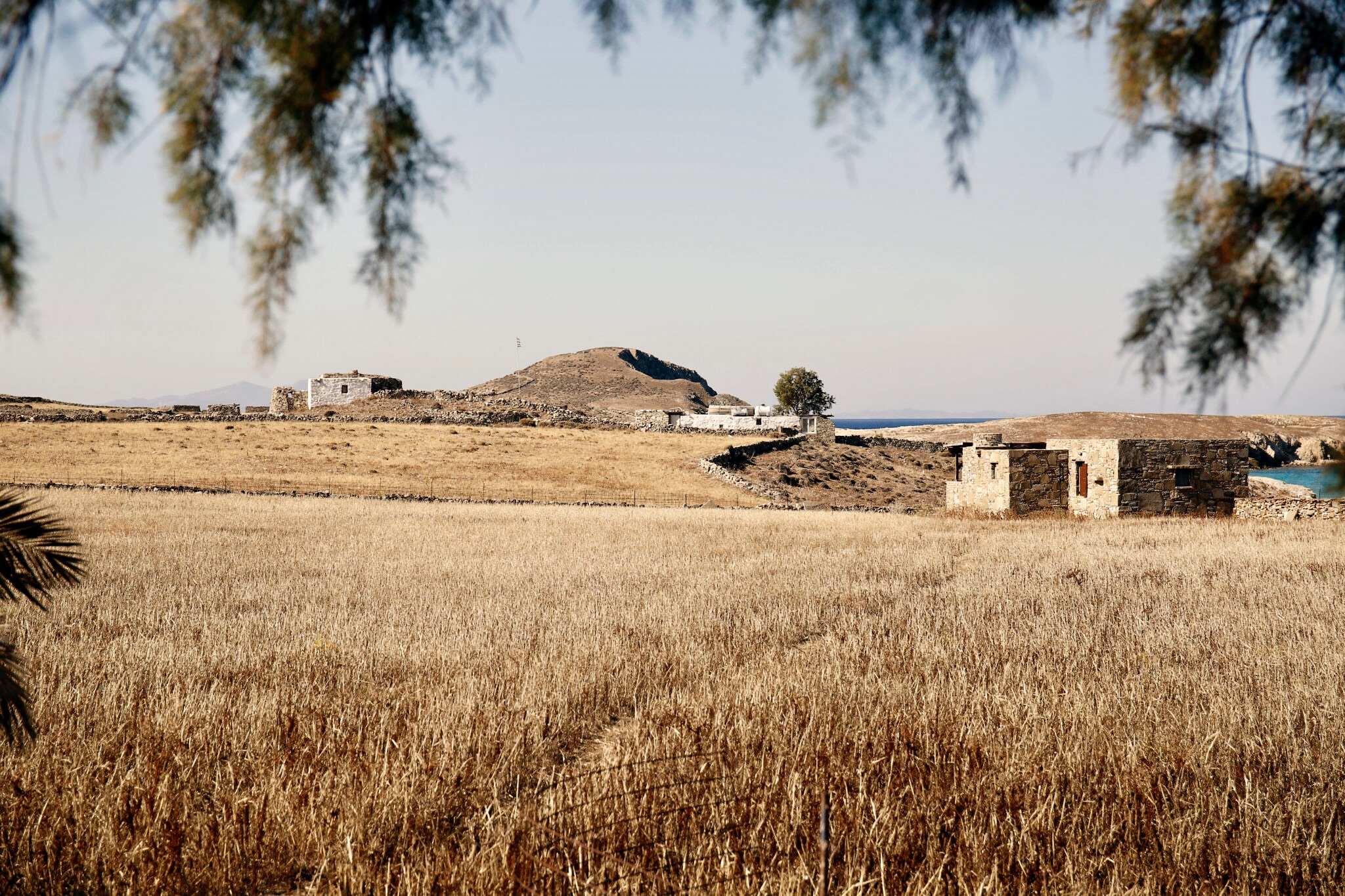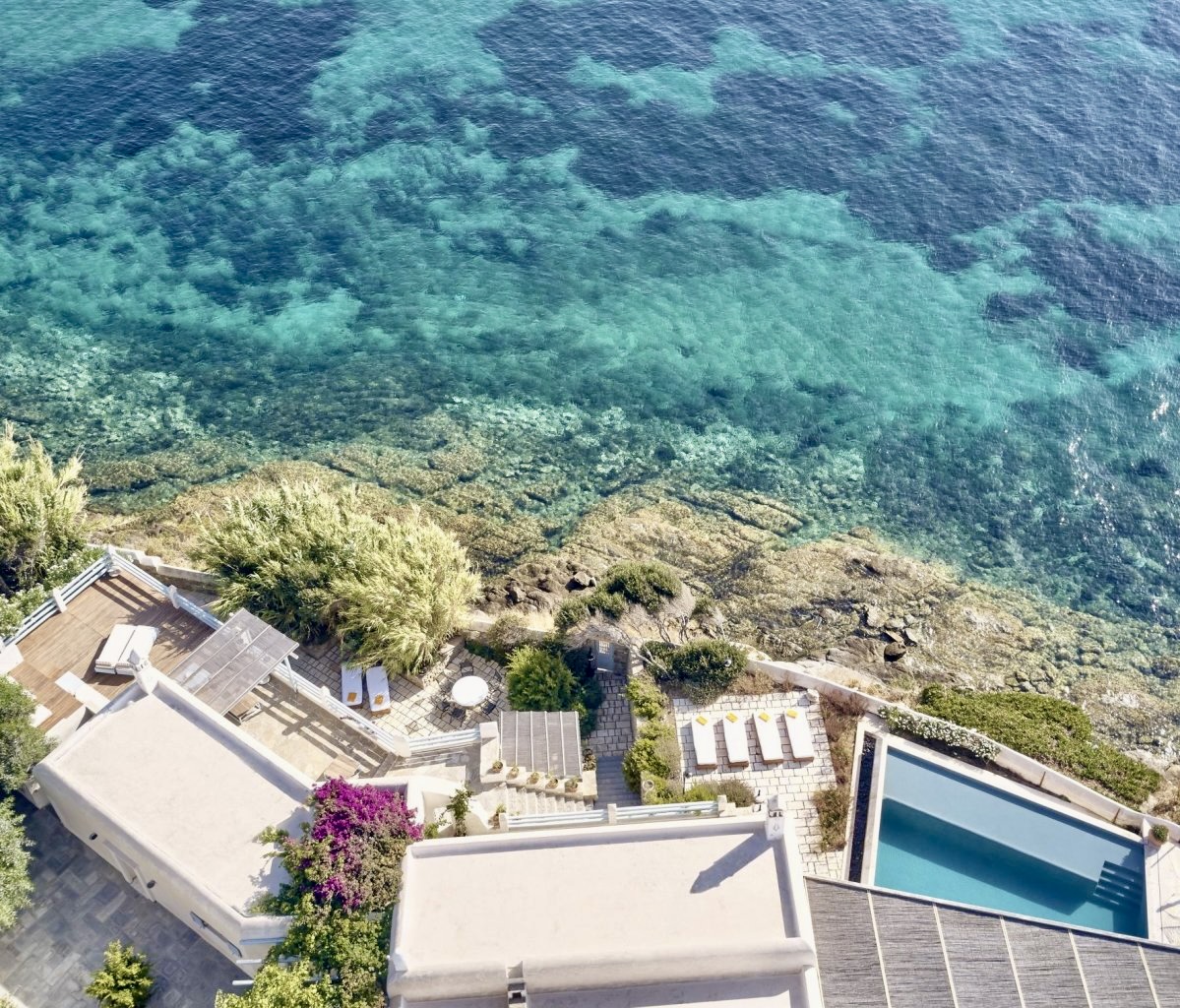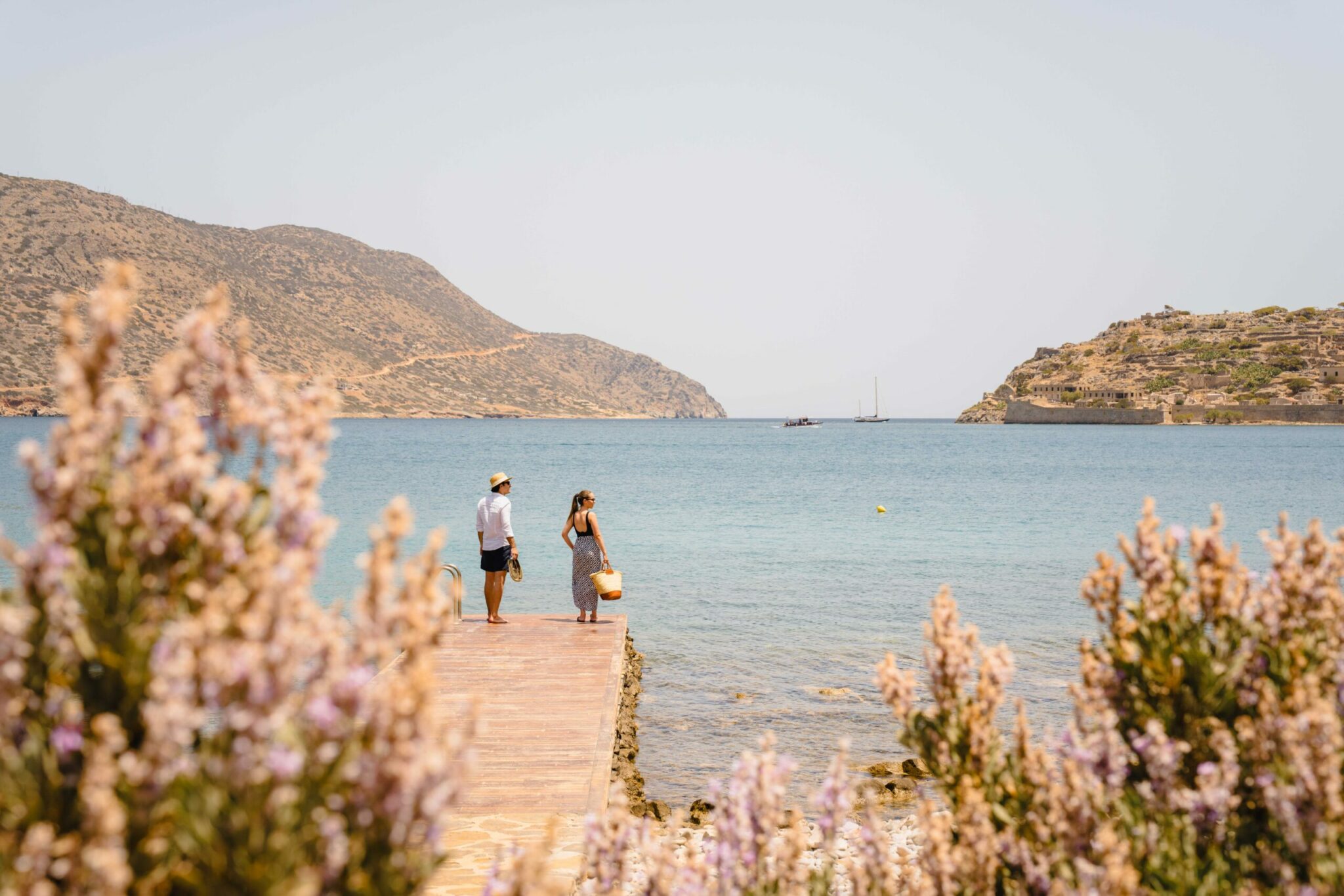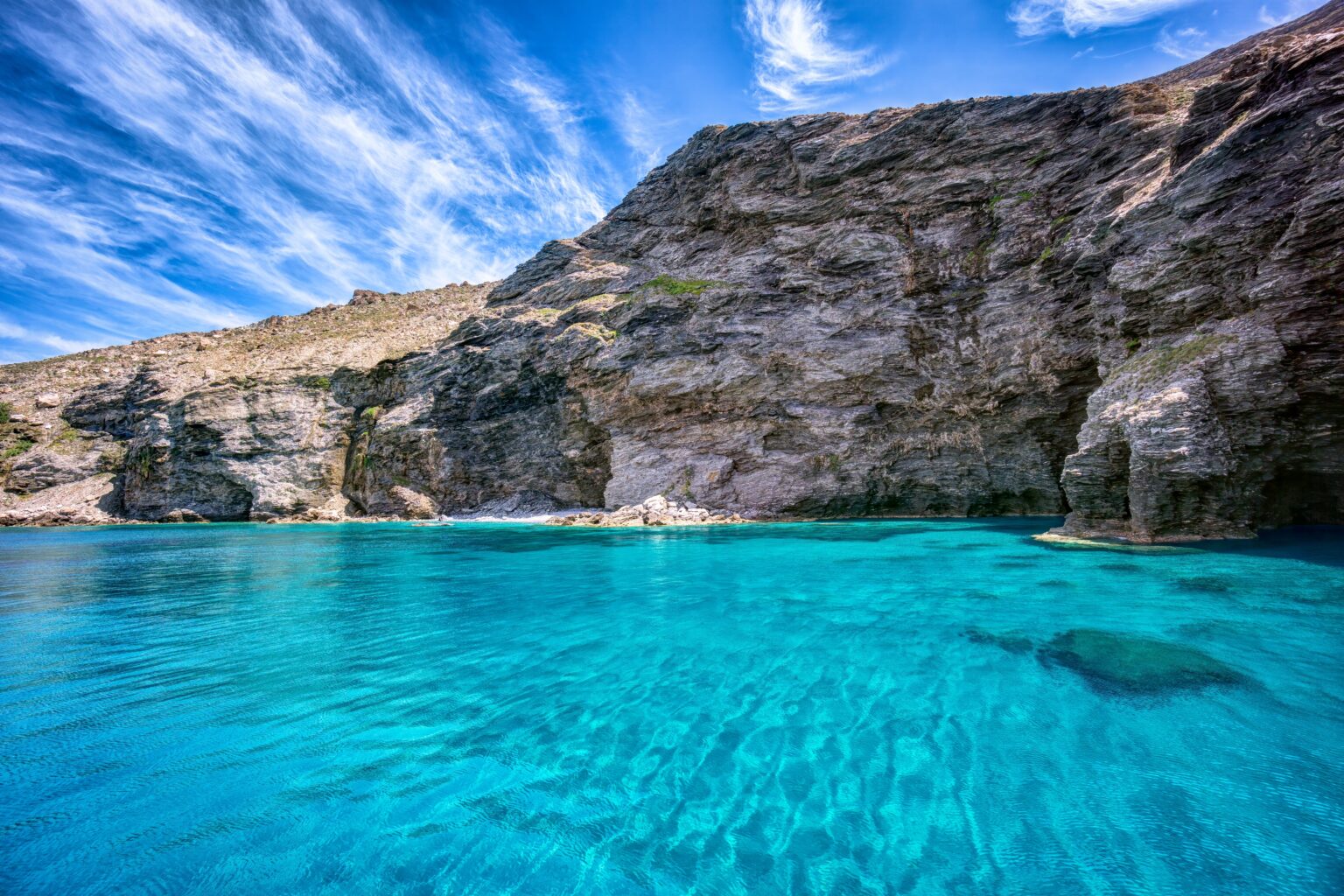Back when there was no road, just a rough trail, around 1967, grandfather Nikolas and grandmother Katerina would reach a point in Mykonos’ Agia Anna area, where they maintained a vegetable garden, cultivate various goods, and when not with their donkey, stay and spend the night in the garden’s adjacent shack.
Though busy on the job, welcoming guests and managing a constant inflow of orders appearing on the PDA system, grandson Nikolas remained available to share with me, in friendly fashion, the story of his ancestors and family-run taverna, whose name has remained unchanged since those early days.
The tarverna is reached from the beach via deck-board corridors laid out on the sand to make access easier. To the left is its spacious sheltered space, and, to the right, in-demand tables set on the sand, under the shade of the tamarisk trees at Agia Anna beach. The air is filled with the tantalising food scent permeated by seafood meze dishes, as well as grilled and fried offerings. When grandfather Nikolas and grandmother Katerina, the establishment’s co-founders, launched the taverna, the region’s caves were occupied by hippies, the first wave of tourists to embrace Mykonos and the island’s rugged beauty. Every morning, a queue of some 30 to 40 people, all flower children, waited patiently outside the door of the tarverna to enjoy their fresh eggs, prepared by Mrs. Katerina. Many of these early-bird hippies still visit the island, bringing along their families and describing, to the younger members, what life was like on the island a few decades earlier.
The number of customers drawn to the taverna grew steadily over the years and larger quantities of beer and vegetables needed to be transported to the spot on a little boat. The donkey was given a new ice load-carrying role, needed for refrigeration in the pre-electrification era. Power lines did not reach this part of Mykonos until 1990. Until then, the spot’s energy needs for cooking were provided by gas canisters.
Much has changed over the years in the area, taking on new colour. The Nikolas taverna’s appearance has changed, too, but as pointed out by customers, old and newer, the high quality of the food has remained unchanged. Most of the produce used at this eatery comes from its own vegetable garden, including large potato quantities. Fresh catch straight from the family fishing boat is also prepared and served. Menu selections include urchin carpaccio, refreshing, salty and soured to perfect degree, as well as lobster spaghetti scented with ouzo, which is what I chose. The younger Nikolas placed the dish before me, filled with pride and certainty about the result. And he was not wrong.
The Nikolas taverna definitely belongs to a small category of standard-quality tavernas around the country now regarded as vintage, almost historic, as they took their first steps along with tourism, as a professional sector.
The family taverna’s newest family members, who have helped with the waitering since childhood, happily move about the tables offering service, while grandmother Katerina, the co-founder, nowadays makes surprise appearances, sitting at tables close to the kitchen, where she likes to be.



